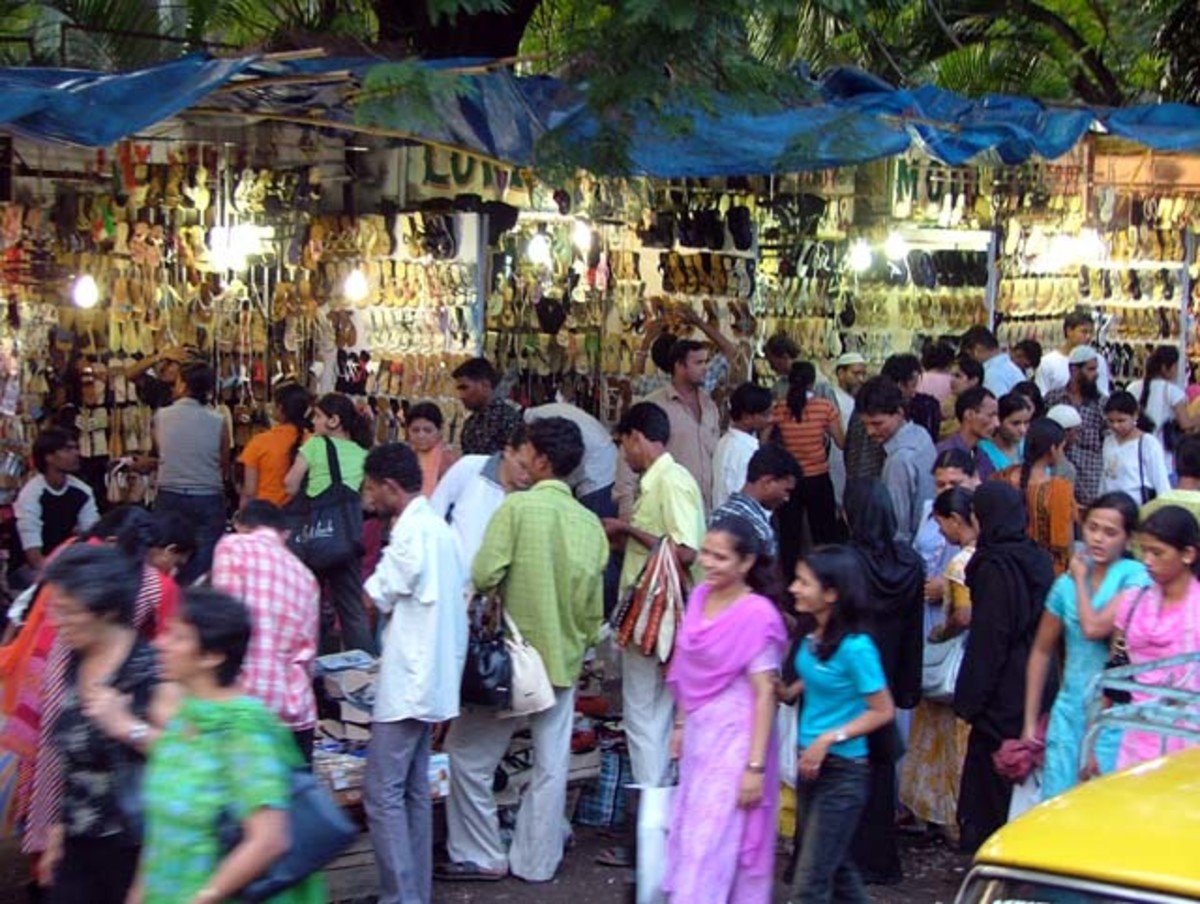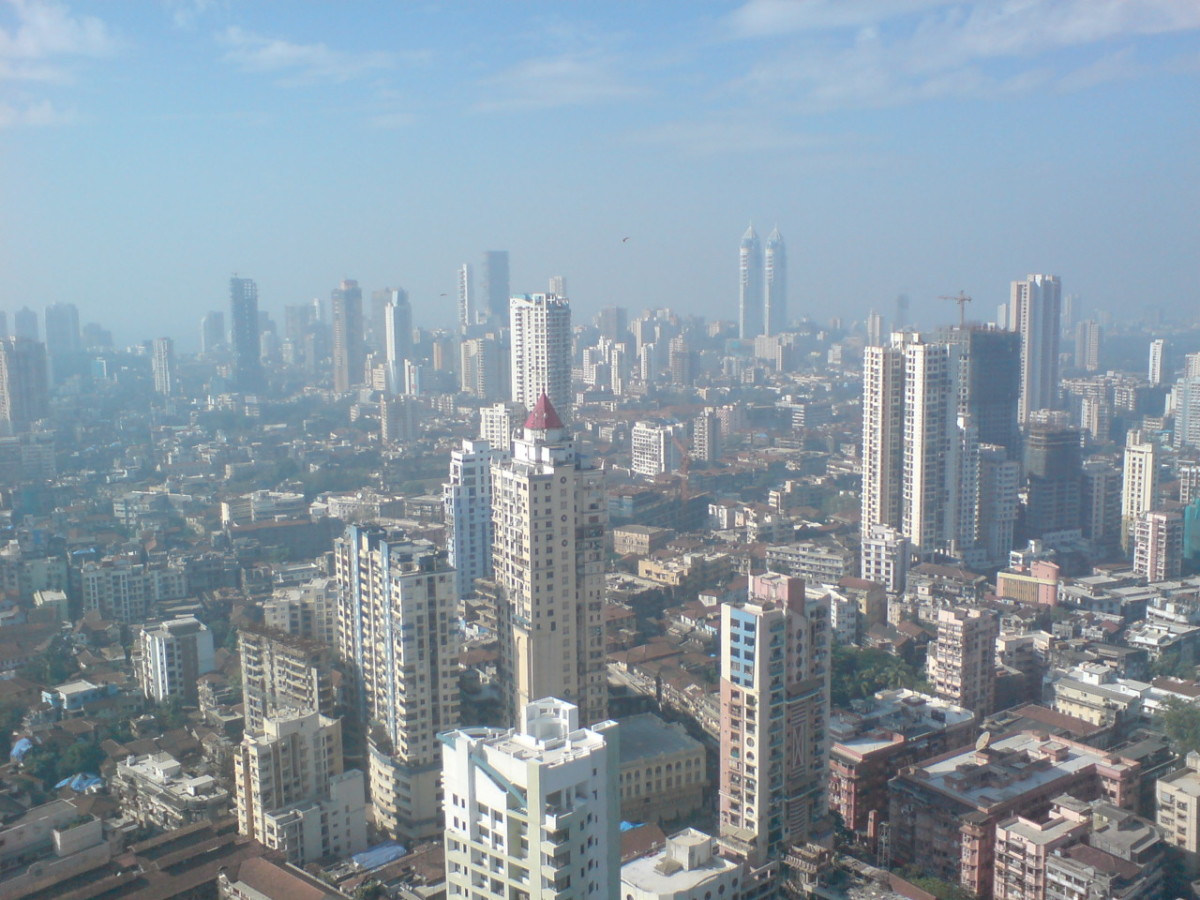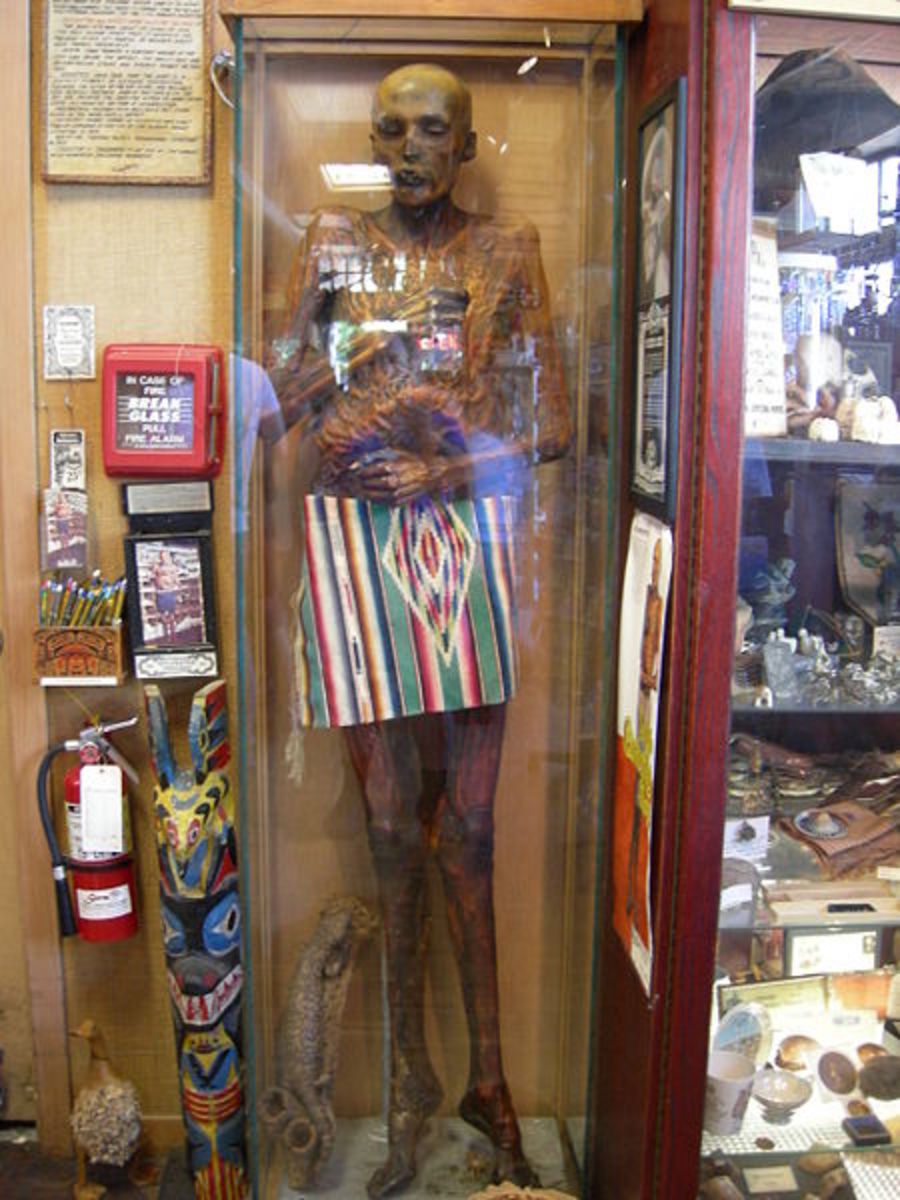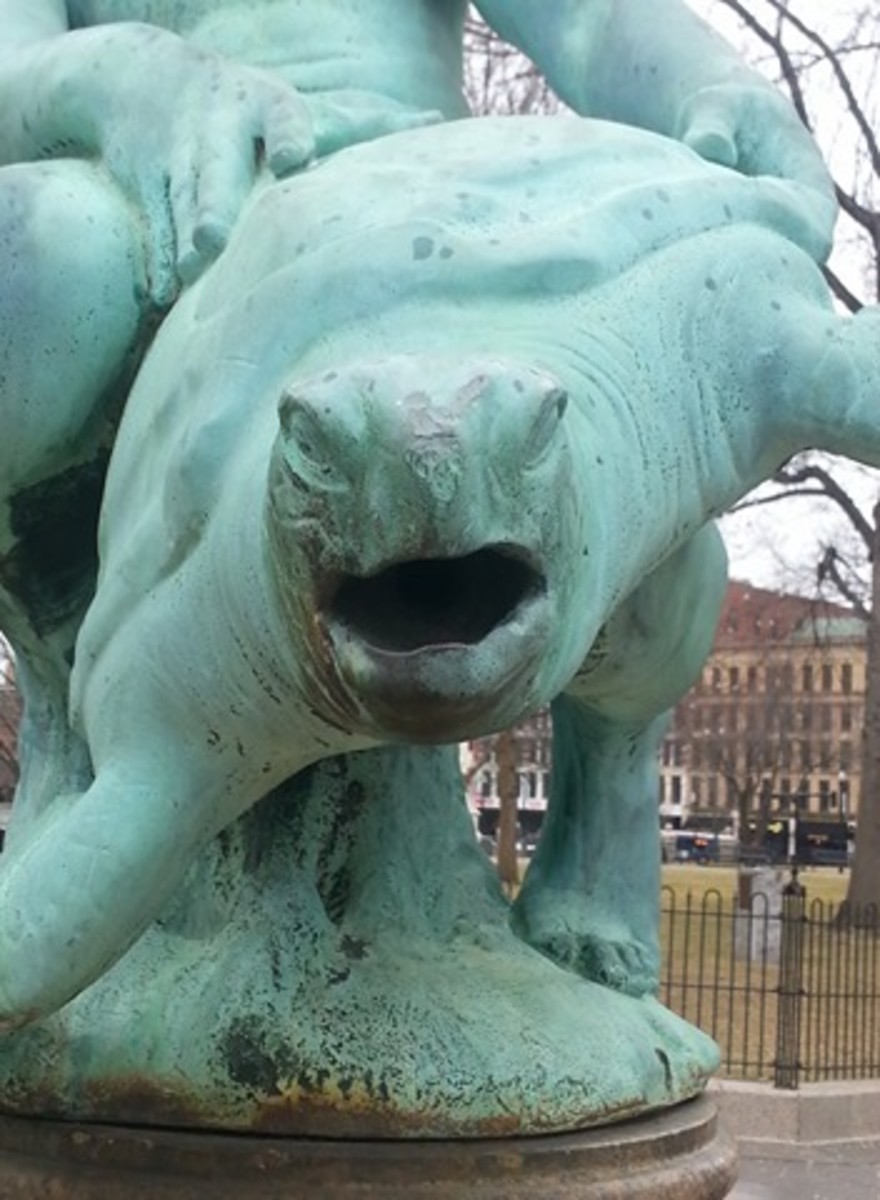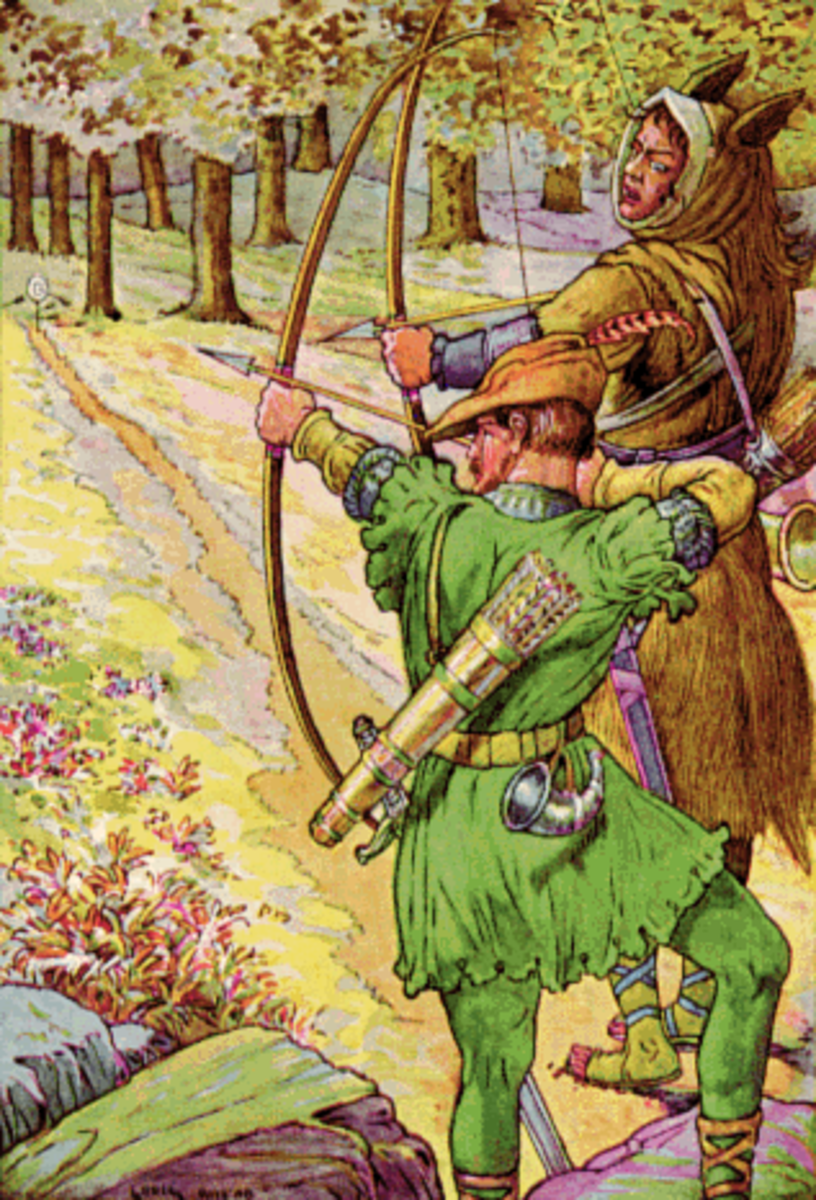Travel to Shivaganga hills near Bangalore where ghee turns to butter
Tourist attraction near Bangalore
Bangalore is one of the major tourist attractions in India. Holidays become more interesting and fun when people travel to unseen places every now and then. During holidays people travel to this place and enjoy the beauty of the Garden city which is fast developing. Many people miss out the other tourist attractions which are nearby. One such tourist attraction and a good weekend getaway is Shivaganga.
A famous temple just 60km from Bangalore, the Gavigangadhareshwara, Shiva temple. Gavi (kannada word) means cave. As the temple is situated within a cave like structure it is called as Gavigangadhareshwara. The inner sanctum is believed to be connecting to another Shiva temple, Gavigangadhareshwara which is at Bangalore.
The devotees who travel to Shivaganga bring along with them the ghee to offer to Lord Shiva. Shiva is in the form of lingam at Gangadhareshwara temple. The priest applies the ghee and rubs it all over the Shiva lingam. Amazingly, one can see the ghee turning back to butter, in front of them. Any answers to this in our modern science? No one has the answer to why this amazing change occurs .
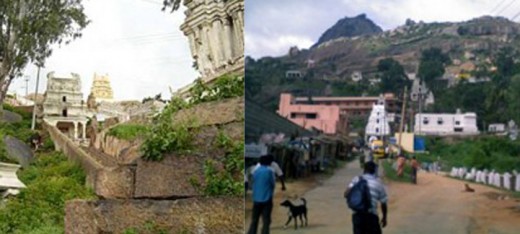
Contribution of Sevappa Nayaka of the Nayaka rulers
Lord Shiva’s consort Honnadevi or Swarnamba ia also a deity in the nearby temple. Queen Shantala of the Hoysala dynasty was a great devotee of goddess Honnadevi. Patala Ganga, the natural spring water is situated between the two temples.
During the reign of Vijayanagara rulers, the empire almost covered all the South Indian parts and witnessed most prosperous times in 16th century. Death of the greatest emperor Krishnadeva raya, brought Achyutharaya to the throne. He had a number of viceroys to govern various parts of his far-flung empire. Sevappa Nayaka was one of them. He was given the Tanjavur area in Tamil region to rule over. Sevappa, a relative to Achyutaraya (his wife was the sister of Achyutharaya`s queen) was the emperor’s favorite as he was loyal and did his job with great dedication.
Sevappa a peacemaker, never indulged in war activities. His reign in the Tanjavur kingdom was a period of peace and prosperity. He supported the Vijayanagar emperor with his army and financial resources whenever they fought with the neighbouring Bahmani Sultans. Sevappa Nayaka`s contributions to cultural and religious activities are remembered even to this day. He was powerful enough to bring about a cultural efflorescence to Tanjavur in the subsequent ages. Sevappa Nayaka was well known for the spirit of religious tolerance. Although a Vaishnava (lord vishnu’s followers) by faith, he donated liberally to Shaiva(lord shiva’s followers) shrines too. His gift to a Madhva teacher as well as to other religions such as Buddhism, Islam etc. are in the records of history. Numerous temples were constructed .Gold jewelry and land were donated to the deities on some important occasions. His son Achyuttapa Nayaka came to power after the death of Sevappa Nayaka in the year 1680 A.D.
Shivaganga fort and other tourist attractions
In the south western part of the old city of Shivaganga there is also a fort by name Shivaganga Fort.It was built by the same Nayaka ruler, Sevappa Nayaka during his reign in 16th century. The fort has in it a square tank, Brihadishwara temple, Schwartz Church and a public amusement park.
Shivaganga has a four-faced hill. Eastern part of this hill resembles the Nandi, bull of Lord Shiva, the western part of it resembles Lord Ganesha, son of Shiva. The northern part resembles King Cobra and the southern part resembles a Shivalingam. King Kempegowda who is called as the architect of garden city, Bangalore, had his treasury at this place.
King Vishnuvardhana had contributed a lot for the renovation of the Shivaganga temple. Later King Kempegowda too had built a beautiful tower over the temple and renovated it again.
National Highway no.4 leads to this place. Dabbaspet is the nearest railway Station just 8km away from this tourist spot. And the nearest Airport is Bangalore. This temple is found on the Shivaganga hills, at an altitude of 4,599 feet. Lot of pilgrims travel to the place during their hoildays just to watch the miracle happen in front of them. The ghee that turns to butter has medicinal properties in it. Another city, Tumkur is just 20km from here. Shivaganga is a good place for travel during weekends. On the festive day of Mahashivarathri and also on Sundays lot of people gather to visit this temple. Tourists visiting Bangalore from all over the world, often travel to the hills to see this ancient temple.
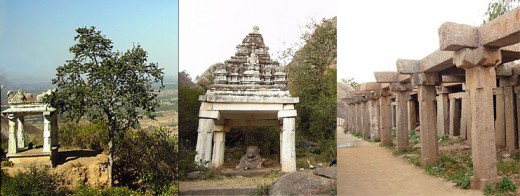
Other major spots on the Shivaganga hills
Sculptures and carvings are seen on the walls and the pillars of the temple. Most of them have succumbed to the weather conditions and negligence. A few paintings have lost their heritage look after they were repainted. The only problem that travellers face is the menace of monkeys on the Shivaganga hills.
There are many spots on the Shivaganga hill where spring water is seen. People believe that spring water comes from the holy river Ganges. Lord Shiva and the river Ganga(Ganges) together are called by the name Shivaganga. Hindus have a belief that it is Dakshina Kashi(Kashi of the South). Varanasi, Kashi or Banares is in the State of Uttar Pradesh. A very holy place for Hindus like Mecca is for the muslims.
These hills have Ashtalingas(8 shivalingas) by name Gangadhareshwara along with consort Swarnambha, Shantheshwara, Omkareshwara, Revana Siddheshwara, Kumbheshwara, Someshwara and Muddu Veereshwara. Ashtavrishabas (8 bulls) by name Nandi vrishaba, Makara basava, Mahisha basava, Gare basava, Dodda basava, Kadale basava, Giri basava and Kodugallu basava. Ashta theerthas (8 sacred water springs) by name Agasthya theertha, Shankara theertha, Kanva theertha, Kadamba theertha, Maithla theertha, Patala gange, Olakallu theertha and Kapila theertha.
There is also a Lord Ganesha temple and 108 Lingams near Agasthya theertha.
Olakallu Teertha is the spring water found on the hillock. Pilgrims step down the narrow stairs between the rocks to see the spring. People believe that only a pious person can get a touch or feel of the water within.
Nandi is a monolith placed atop on a huge rock. Beautiful scenery around can be seen from the top of the rock. It is a peak spot of Shivaganga hills. People who travel to this place during holidays should carry enough water because it is too hot on the hills.
Patala Ganga is a small temple atop the hill. The underground spring is seen seeping at the entrance.Water level of Patal Ganga sometimes comes up to the knee height and is always cold. Water flowing is connected at Antargange which is quite far from the spot.
Queen Shantala’s suicide point or Shanthala drop, is a spot which is 500 feet high from the foot of the hill. The Queen, at her young age, always used to practice the dance in front of her deity, Honnadevi.
Queen Shantala devi of Hoysala dynasty
Hoysala dynasty took over the ancient Karnataka in 12th century AD. Queen Shantala devi of the Hoysalas was a loving wife to King Vishnuvardhana(Bittideva). Shantala was a fascinating lady. A great Bharathanatyam dancer and a good musician. King Vishnuvardhana was inspired from the queen’s beautiful stature and dance poses. He got sculpted the celestial female figures called Madanikas or Shilabalikas (stone beauties) in the temple of Chennakeshava at Belur near Hassan city. There are about 42 Madanikas.
During King Vishnuvardhana’s reign, Shantala Devi had a great influence in the administration and religious reforms. King was a Vaishnava follower as he was influenced by the saint Ramanujacharya, but Shantala was a follower of Jainism Shantala was the Pattamaharani (Queen who had right to sit on the throne).
Shantala was in a big depression as she couldn’t give birth to a child who would become heir after King Vishnuvardhana. Only the Pattamaharani’s son could become a legal successor according to the rule. When Queen Shantala did not have children, the other queen Lakshmi was to be allowed to become the Pattamaharani because she already had a boy baby. But the king never agreed to this. He always believed that Shantala would give birth to a son anytime, sooner or later. Shantala could not tolerate this for long. She made up her mind to end her life near the temple of deity, Honnadevi. So, one night when everyone at the palace was fast asleep she rode on a horse and reached Shivaganga. After she prayed at the temple, she jumped from the hill to end her life. She was in her early twenties when she died. It is also said that Queen Shantala Devi died after observing the Jaina practice of Sallekhana (fasting unto death) at Shivaganga.
On some days during the night, localites moving around near the Shantala drop have heard the sound of a woman's anklets. Even to this day, they believe that her restless soul wanders at this place, with deep sorrow.

